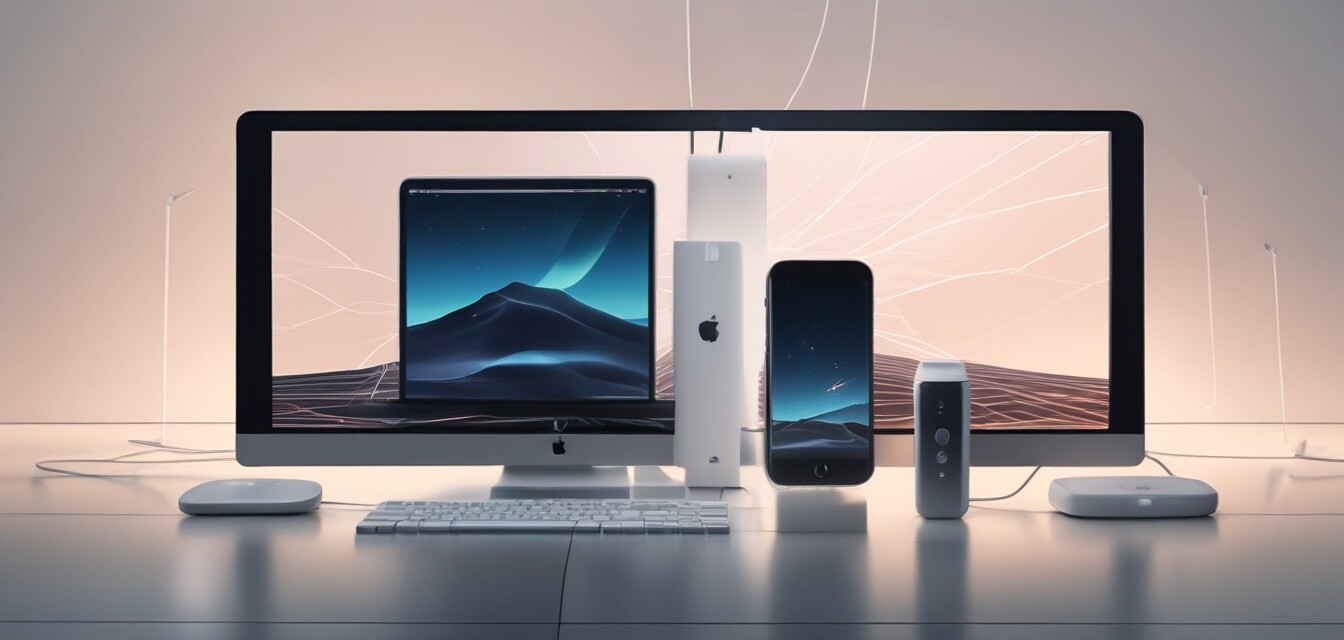
How to Sync Your Apple Devices for Seamless Connectivity
- Understanding iCloud for device synchronization
- Utilizing Handoff for continuity across devices
- Setting up AirDrop for quick file transfer
- Leveraging Apple ID for app purchase synchronization
- Troubleshooting sync issues efficiently
As the world becomes more interconnected, ensuring that your Apple devices work seamlessly together is crucial for a smooth digital experience. Whether you're switching between your iPhone, iPad, Mac, or Apple Watch, understanding how to sync these devices can save time and enhance productivity. This article will guide you through practical tips and tricks to ensure your Apple devices are always in sync.
Why Syncing Your Devices Matters
Syncing your Apple devices allows for a cohesive experience that promotes efficiency and ease of use. Here are some reasons why it’s essential:
- Consistency: Keep your data, apps, and settings updated across devices.
- Enhanced Productivity: Accessibility allows you to work without interruptions.
- Seamless Transitions: Switching between devices becomes effortless.
Methods for Syncing Your Apple Devices
1. Use iCloud for Synchronization
iCloud is Apple's cloud service that allows you to sync your data across all devices. Here’s how:
- Go to Settings on your iPhone/iPad or System Preferences on your Mac.
- Tap or click on your Apple ID.
- Select iCloud and choose what you want to sync, such as Photos, Contacts, Calendar, and more.
- Ensure you are logged in with the same Apple ID on all devices.
2. Activate Handoff
Handoff is a feature that allows you to start a task on one Apple device and pick it up on another. To enable Handoff:
- On your iOS device: Go to Settings > General > Handoff and toggle it on.
- On your Mac: Go to System Preferences > General and check Allow Handoff between this Mac and your iCloud devices.
3. Use AirDrop for Quick File Transfers
For sharing files quickly between devices, AirDrop is a fantastic tool. Here’s how to use it:
- Enable Wi-Fi and Bluetooth on both devices.
- Open the file you wish to share and select the Share icon.
- Choose Airdrop, then select the device you want to transfer the file to.
4. Sync App Purchases Across Devices
To ensure your apps are consistent across your Apple devices, follow these steps:
- Open the App Store on your iPhone/iPad.
- Go to your account and check Purchased to see all your apps.
- Download the apps on your other devices under the same Apple ID.
Troubleshooting Sync Issues
Even with the best systems in place, you might face syncing issues. Here are some tips to troubleshoot:
- Ensure all devices are running the latest software version.
- Check your internet connection.
- Sign out and back into your Apple ID.
- Restart your devices to refresh connections.
Pros
- Unified experience across all devices
- Easy access to files and data
- Enhanced productivity features
Cons
- Dependence on internet connectivity for some features
- Requires an Apple ID
- Can be complex for new users
Final Thoughts
Syncing your Apple devices not only enhances usability but also creates a harmonious tech environment. By utilizing iCloud, Handoff, and AirDrop, you can enjoy a seamless experience across all your devices. Don't forget to regularly troubleshoot any sync issues for an uninterrupted formal connection.